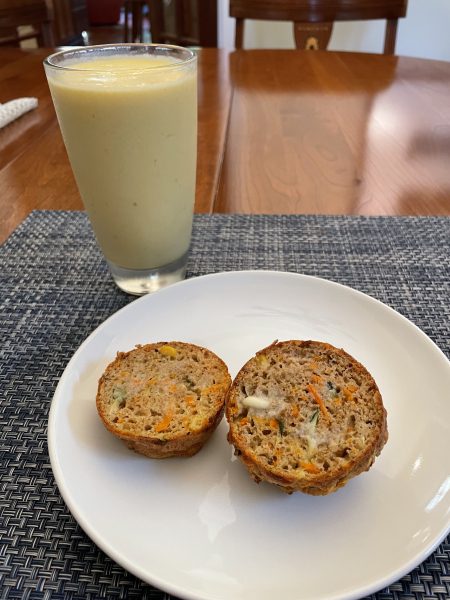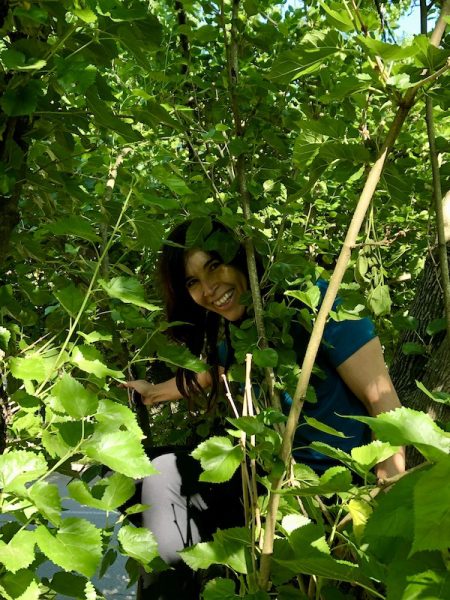Love from the Inside Out
Climate crisis. Global pandemic. Unprovoked, bloody, destructive invasion of Ukraine.
Mass shooting of elders in Buffalo, New York. Heart-shattering shooting of children and teachers in Uvalde, Texas.
How could I possibly write about food and nutrition this week?
Grief and despair chase each other. I retreat into therapeutic practices I learned as a nutritional therapist.
We cannot change events outside our control. We can change is how we feel inside. Self-care is not selfish. It is essential. Turn inward and unfurl your love from the inside out.
By nurturing yourself, you will be better able to radiate love and positive energy to your child(ren), spouse, family, your community. By putting love into practice, we become healers in our workplace, our neighborhoods. Let’s reimagine our world, leaving aside fear, anger, despair.
Breathe

Anxiety is the body’s normal response to stress. The way you breathe can set off a cascade of physical changes in your body that promote either stress or relaxation.
Mindful breathing helps you control your nervous system so you can manage your stress and anxiety.
Breathing influences the sympathetic (“fight or flight”) and parasympathetic (“rest and digest”) branches of your nervous system. Certain techniques can promote more parasympathetic calm and relaxation, release hormones like prolactin and oxytocin, the feel-good hormone of love and bonding.
- 5: 5 breathing. Breathe through your nose. Inhale for 5 counts. Exhale for 5 counts. Repeat 4 times. Extend your exhales for even greater relaxation.
- 4 – 7 – 8 breathing. Breathe in for 4 counts. Hold 7 counts. Exhale 8 counts. Repeat 4 – 5 times
- Heart breathing. Close your eyes. Place one hand on your heart. With each inhale breathing in love. With each exhale, imagine breathing out love to your child(ren), spouse, mother, father, Mother Earth…
Mindful Eating

Prepare fresh food as an act of emotional and physical self-nourishment. It can induce a parasympathetic state by enhancing endomorphins (feel good hormones), a sense of attachment and connection. Mindful eating tips:
- Breathe before you eat with your 5-count inhale / 5 count exhales. This will improve your digestion. There is a link between improve digestion and improved mental health.
- Try to eat a brain healthy breakfast.
- Reduce refined carbs and added sugar intake.
- Eliminate additives, pesticides, fertilizers.
- Nourish your body with good mood foods
- Set a place mat, use a cloth napkin. Make it a daily micro-ritual.
Move
We know exercise is in important for physical health. Did you know it’s also beneficial for a range of mental health conditions, including stress, anxiety, and depression. Movement releases chemicals in your brain that trigger positive emotions, lowers stress, and improves sleep. Moving tips
- Walking is do-able in a typical day for most people. Walk the length of the parking lot instead of looking for a parking spot near the entrance. Take a walk during a lunch break, or after dinner, for 20 – 30 minutes.
- Stretch for ten minutes upon rising in the morning. Set a gentle alarm at work every 2 – 3 hours to stretch up to the sky, bend down to the earth a couple times. The benefits of stretching help not physical flexibility but also emotional flexibility.
Nature

Connecting with nature is effective in dealing with stress and anxiety and promotes mental health and well-being. It can lower blood pressure and stress hormone levels, reduce nervous system arousal, enhance immune system function, increase self-esteem, reduce anxiety, and improve mood.
Lacking the hills or boulders we love to climb in Bolivia, my 11-year-old and I look for trees to climb in Houston. Ever since she was little, she would press her cheek or palm of her hand on the tree trunk and encourage me, “talk to her heart center, mama.” Nature tips:
- Get 5 – 10 minutes of morning light regularly, even if only through a window. Light can affect mood in several ways: by directly increasing availability of neurotransmitters such as serotonin, (involved in mood regulation), and by stabilizing circadian rhythms.
- Go barefoot in your backyard or local park.
- Grow a pot of herbs in your garden or kitchen. Parsley, basil, and mint grow easily.
- Get an indoor plant. Exposure to plants can reduce feelings of anxiety.
Resources
What are your favorite resources? Here are some of mine. Which calls to you?
Tara Brach: Whole Body Breathing Meditation
Tara Brach is a renowned meditation teacher, psychologist, and author. She blends western psychology and Eastern spiritual practices, mindful attention to our inner life, and a compassionate engagement with our world. I love her podcast and listen to every meditation.
The Power of Breath as Medicine
Dr. Mark Hyman interviews James Nestor, author of Breath: The New Science of a Lost Art . Breathing is one of the most basic of functions yet most of us aren’t doing it right. They discuss the science and evolution of how we breathe, and how to get better at.
Jane Goodall, scientist, activist, storyteller, is one of my all-time heroes. I love listening to her interviews with change makers, her kindness, wisdom, and never-failing hope.
This is a wonderful resource of free toolkits, reports, infographics, and advocacy tools to help you connect children, families, and communities to nature.





Leave a Reply
Want to join the discussion?Feel free to contribute!